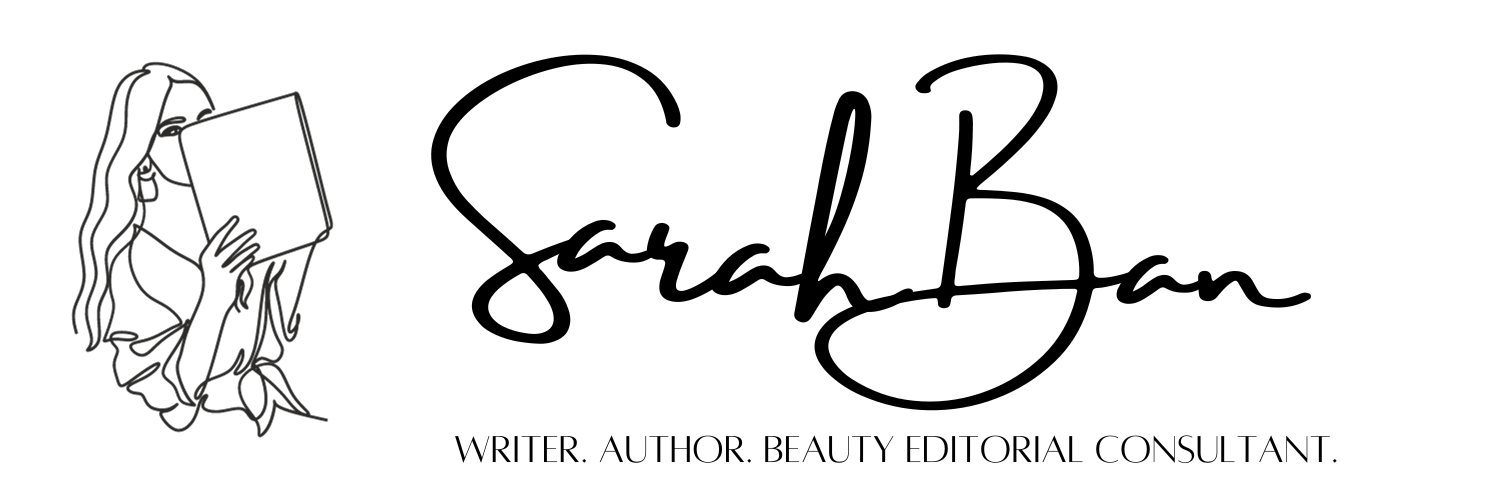
She isn’t all that convinced by your “all natural” claim.
There was once a time when friendly, leaf-themed packaging and a chipper statement about organic ingredients were enough to convince an average consumer that a product was safe for skin and great for the planet.
Now, everybody knows not to trust just anybody thanks to the overabundance of greenwashing. Below are the top greenwashing techniques that customers recognize, and how to avoid them in your writings.
Green wording that overestimates the actual, veritable “greenness” of a product
When a moisturizer claims that it “contains green ingredients,” it may very well mean that there are a few botanical extracts mixed into a soup of synthetics and toxins. Customers are catching up to this. In your writings, be as specific as possible. Replace that oft-dreaded phrase with, “Contains carrot seed extract and rose hip oils.” It’s straight to the point and honest. Customers will be looking for that anyway; if you’re one step ahead of them they will be more inclined to trust you!
Lack of proof and evidence
If your product is supposed to miraculously vanish all fine lines and restore elasticity, tell customers how. Products all make somewhat exaggerated claims so they literally become unbelievable, as customers are exposed to more and more each day. Explain which ingredients work to achieve these results. How do they work? Is the natural ingredient as effective as its synthetic counterpart? Are there any scientific studies to back your statements? More and more, customers are asking HOW? over WHAT?
Vagueness of definitions
What does “all natural” mean anyway? You explain that to your customers. Not all living things found in nature are necessarily safe to slather all over the skin or to consume, so “all natural” is in actuality a very broad, misleading term.
Irrelevance
In short, don’t be a company that claims your water has zero calories. ‘Nuff said:

Conclusion
What you want to do is to envision your smartest, most skeptical and environmentally conscious “hippie” customers and answer all the questions they might have in advance. Pretend you are quelling their fears, and allaying all doubts. If you have them covered, you’re better off than the majority of brands out there (whether they’re legit or not) in terms of educating the customer with real, hard facts and good honest transparency. To build your brand’s reputation as trustworthy, effective and forward-thinking, it all starts with the writing straight on the products themselves, as well as all the materials that represent you.
It will pay off. I promise!

Comments are closed, but trackbacks and pingbacks are open.